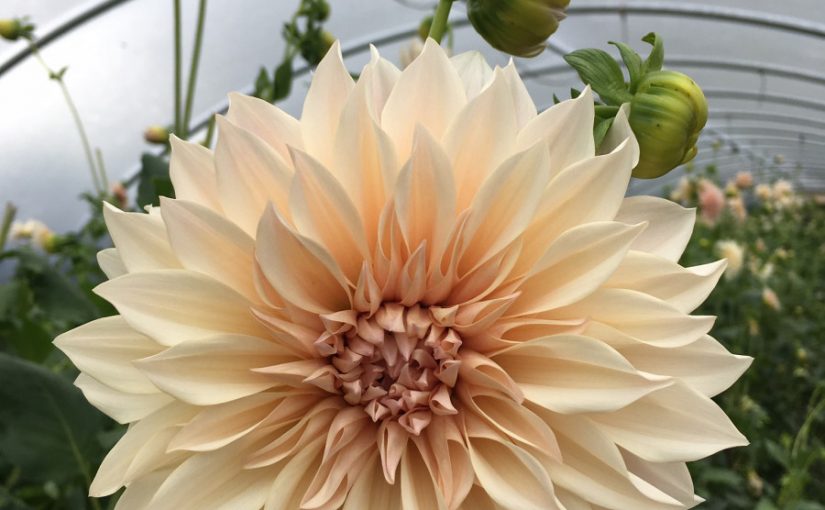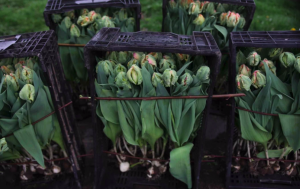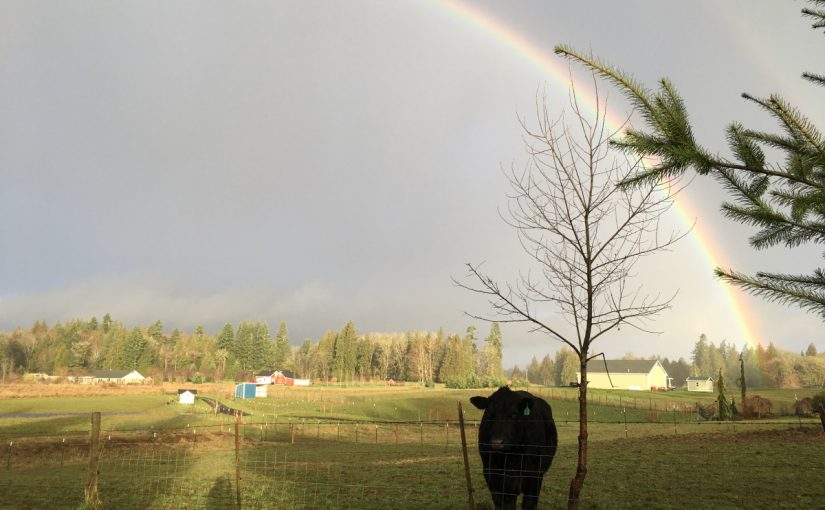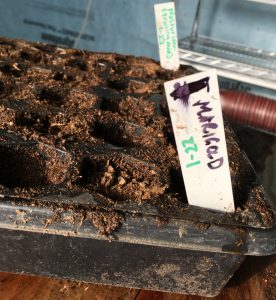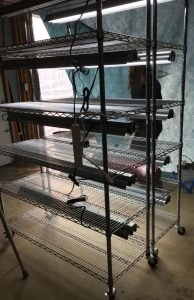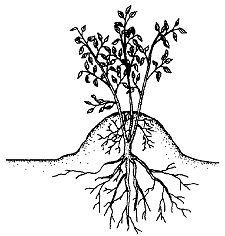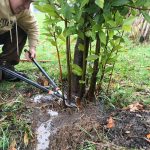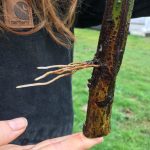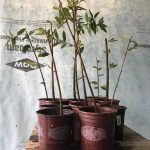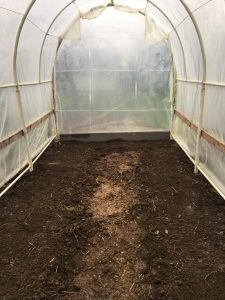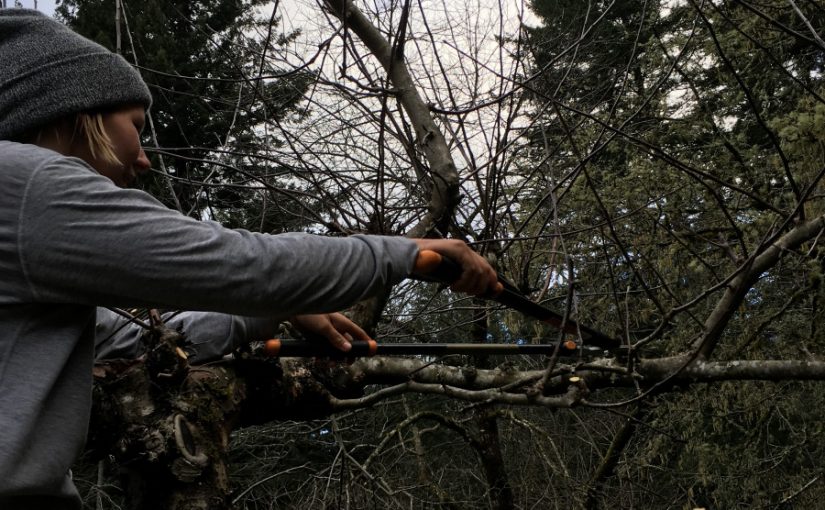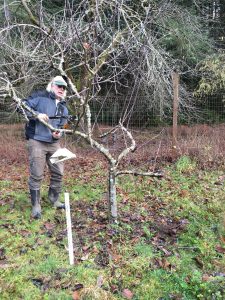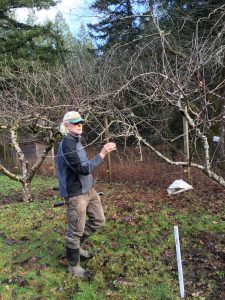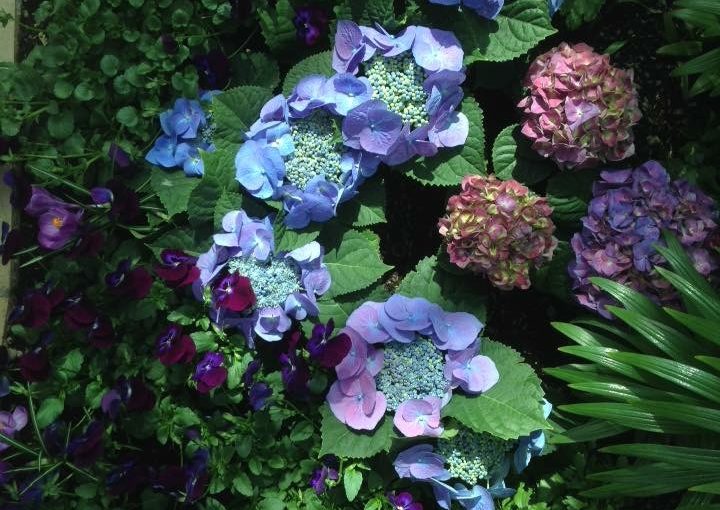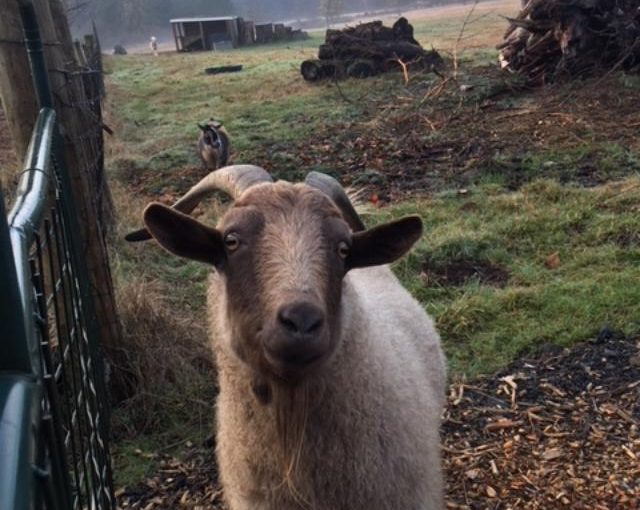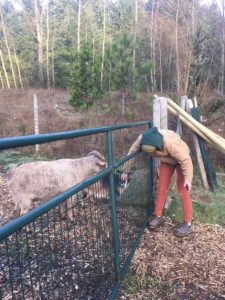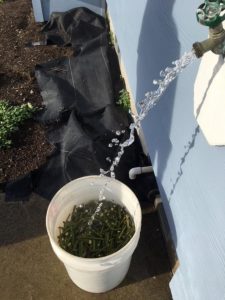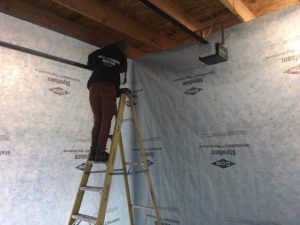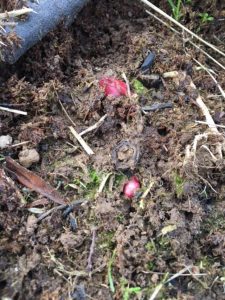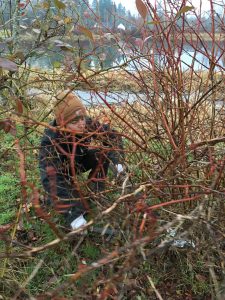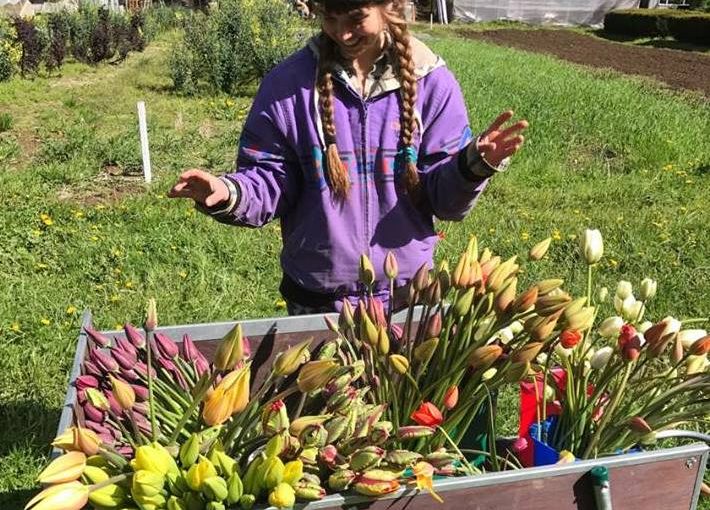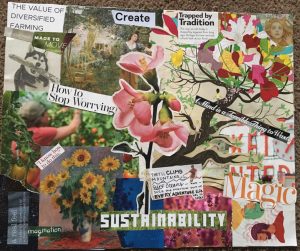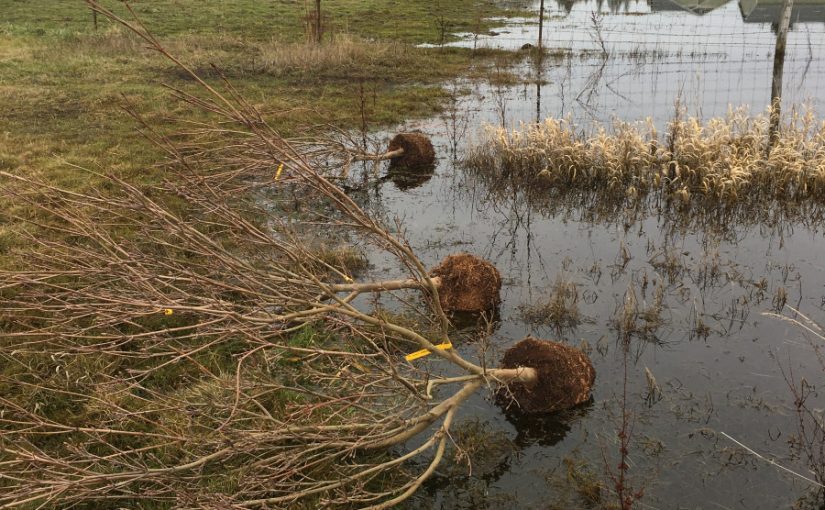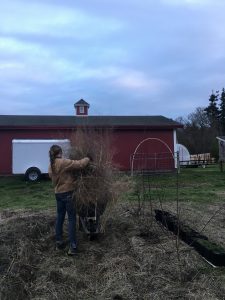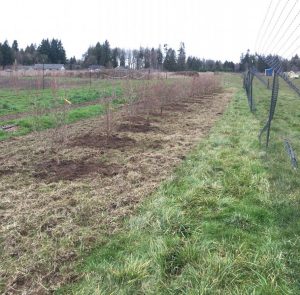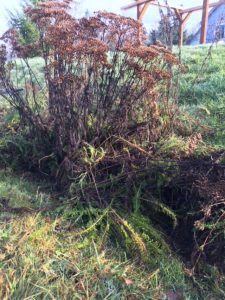Restoring Heritage Grains by Eli Rogosa
“Although traditional farmers worldwide still grow, save, and improve their own seed, US farmers have abdicated their seed to ‘professionals.’ Public-university breeding programs, which have introduced many locally adapted cultivars until late in the twentieth century, have almost disappeared, replaced by genetic research funded by corporations that patent the seed. A series of consolidations has rocked the seed industry, reducing the players to a small handful” (Rogosa, 36).
“The Talmud documents a society that elevated growing food into a sacred practice…. Ancient Israelites believed that soil fertility was based on food justice…. The ancient Israelis believe that the earth—a living, conscious being—would be fruitful as long as the farmers nourished the community, the poor, widows, and orphans; that by feeding the people—all the people—the earth would provide its bounty” (Rogosa, 130-131).
Outside the system of capitalism, most humans existed on a communalist system which necessitates everyone be fed as it is a basic human right. It seems like a crazy thing to envision today—a food system that sees farming as sacred and inherently equity oriented—but it was commonplace in the past. How did we get to where we are today—agribusinesses producing food through mechanization and petro-chemicals, with little to no regard for the land underfoot? These two quotes show the divide between ancient and modern farming (at least in the US, but also elsewhere). They truly epitomize the degree to which farming has been removed from the land and the community, replaced with mechanization, petrochemicals, and commodification. Contemporary seed companies, with their dependence on petroleum-based fertilizers and their patents on their seeds, mark a clear delineation from the ancient Israeli process of farming as a “sacred practice.” These companies see the seeds they sell as a product and by commodifying the seed they too commodify life. There is the question of choice though. How much autonomy do farmers have these days? Where is it illegal in the US and beyond to save seed? This is why I would want to know more about Rogosa’s choice of the word abdicated in the quote above (“…US farmers have abdicated their seed to ‘professionals.’ …”). Did they abdicate their seeds or was their ability (and the knowledge) to save seed taken from them or the generations before, making them dependent on seed companies to be able to grow wheat?
Contrast that to the ancient Israeli practice on farming as sacred and as an act of food justice, something I was not aware of but am not surprised about. In this system, the farmer attempts to meet all needs; everyone is fed regardless of social status and this is because soil fertility is maintained. You can’t have one without the other. According to Just Food, a non-profit organization in New York City, “Food Justice is communities exercising their right to grow, sell, and eat healthy food. Healthy food is fresh, nutritious, affordable, culturally-appropriate, and grown locally with care for the well-being of the land, workers, and animals. People practicing food justice leads to a strong local food system, self-reliant communities, and a healthy environment.” Using this definition, it is clear food justice is community-centered, focusing on the needs of the community to ensure a just and equitable system is put into place that benefits all. I would argue that “all” should include the soil. Without a healthy and alive soil, plants will be weak and unhealthy—deficient of nutrients and minerals necessary to vitality.
Community activists seeking food justice in their communities should see seed sovereignty and soil fertility as a way to achieve food justice. Saving seed is a revolutionary act, putting control of the seed (and thus the subsequent crop) back into the hands of those growing it. Saving seed allows farmers an alternative to buying seed that is homogenous, addicted to petroleum-based fertilizers, and a commodity. Not only will seed saving aid the community, it will also aid the soil. Saving seed and growing organically will overtime revitalize the soil health, eventually boosting the crop’s nutrition and the next generation seed’s adaptability.
Some questions to think about:
How does wheat compare/contrast to corn? Is wheat as big of an identity as corn is for many Indigenous in the Americas? Has NAFTA/WTO come into effect with wheat and Indigenous farmers in the same way it has affected Indigenous corn and farming as a whole in Oaxaca and other regions of Mexico? I am really interested in how wheat is/is not like corn, which is a sacred being to many Indigenous Americans. With that second quote (“…farming as sacred…”) it is clear to me that wheat used to be sacred but clearly with seed companies monopolizing access to seed (“…many locally adapted cultivars until late in the twentieth century, have almost disappeared, replaced by genetic research funded by corporations that patent the seed…”) it is no longer sacred. When was that sacredness lost? I learned wheat was sacred in a way similar to corn once long ago, but I have many questions about how we got from that point to where we are now.
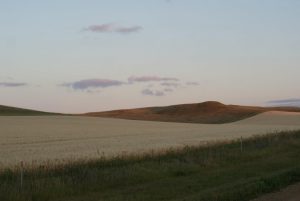
SOURCES:
Rogosa, Eli. Restoring Heritage Grains; The Culture, Biodiversity, Resilience, and Cuisine of Ancient Grains. Chelsea Green Publishing, 2016.
Shiva, Vandana, editor. Seed Sovereignty, Food Security; Women in the Vanguard of the Fight Against GMOs and Corporate Agriculture. North Atlantic Books, 2016.
WHAT IS FOOD JUSTICE?. Just Food, 2010. http://justfood.org/advocacy/what-is-food-justice. Accessed 17 Jan 2018.

